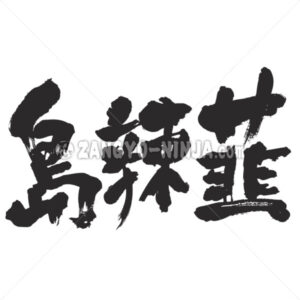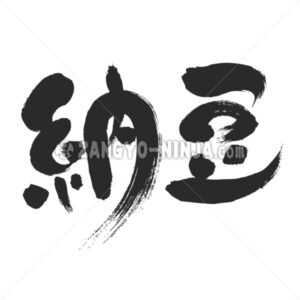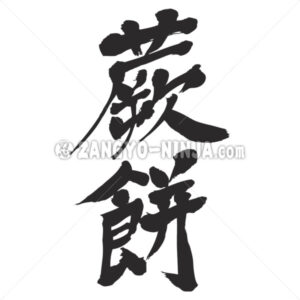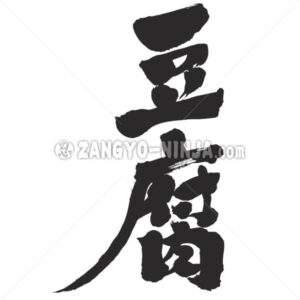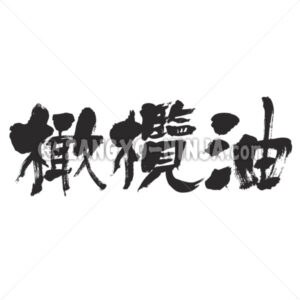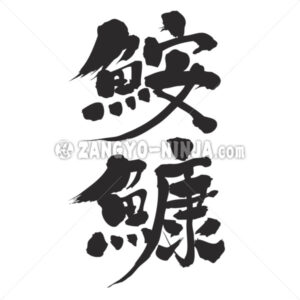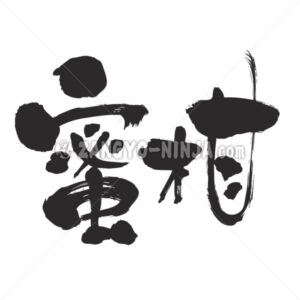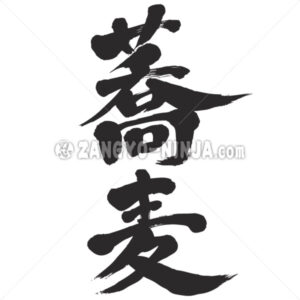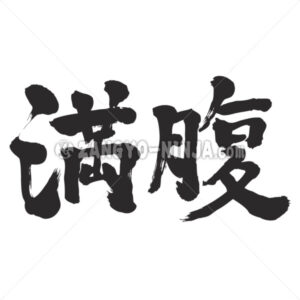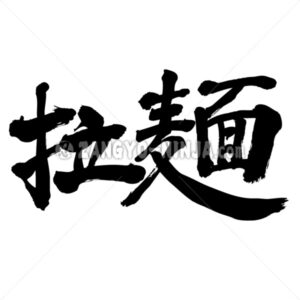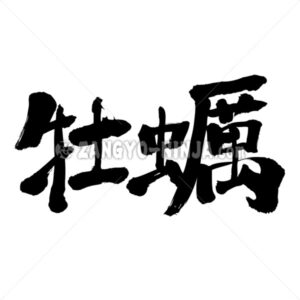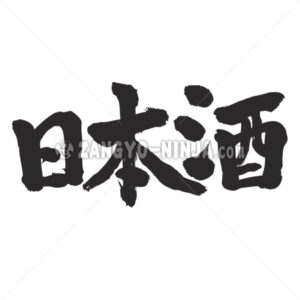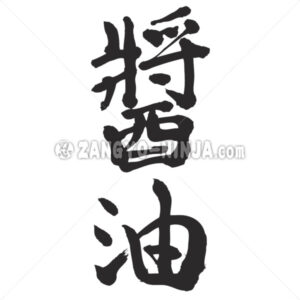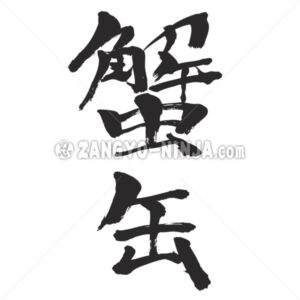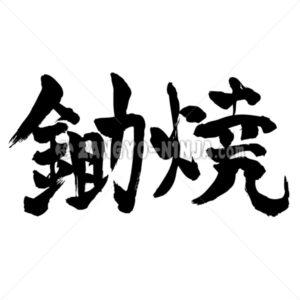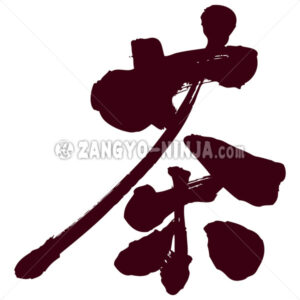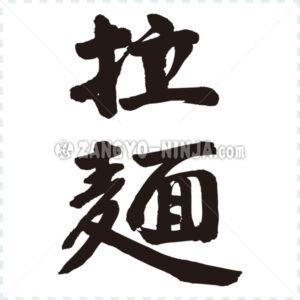
Sprinkle sake, sprinkle with salt, leave for about 10 minutes, and gently dampen the water that has come out with a kitchen paper. [Note] If placed too long, the body becomes hard. Spread the cooking sheet in a frying pan, bake the top about 60% on medium heat, turn over and bake 40%. Japanese … Read More
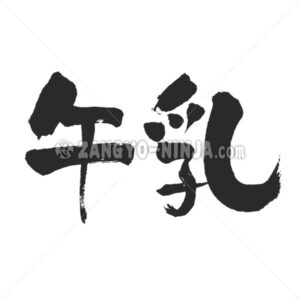
It is bovine milk. The processed milk product is dairy, and skimmed milk, butter, fresh cream, cheese, yogurt, ice cream, etc. are produced. Milk is known as a calcium-rich food. The fat content is high in the proportion of saturated fatty acids, and low fat milk etc. are produced due to health concerns. Japanese … Read More
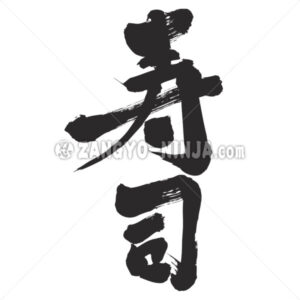
anything made with vinegared rice that also contain vegetables, spices, fish, or other delicacies.There are different kinds of “Sushi” and depending ON the locality. The most common is “Nigiri zushi” and originally produced in the Tokyo districet. Nigirizushi consists of small oval-shaped balls of rice seasoned with vinegar and sugar and topped with a … Read More
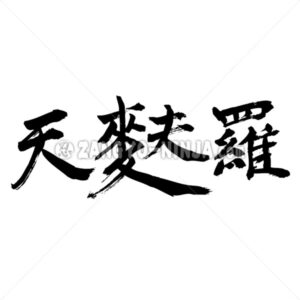
Japanese says Ten-pu-ra. Battered with water-soluble wheat flour and fried in vegetable oil. It begins in the Edo period. this is most difficult kanji. The etymology of tempura is “tempero” which means “cooking” in Portuguese and “templo” which means “heavenly day (day when birds and beasts are forbidden and eat fried fish)” in Spanish. … Read More


